Sacrifice city
A new archaeological discovery testifies to the monumental scale of human sacrifice in the Aztec capital
2 July 2018
For the Aztecs, human sacrifice was key to the health of the world. Recent finds show that a vast rack of skulls (reconstruction below) stood at the heart of their capital, Tenochtitlan.

